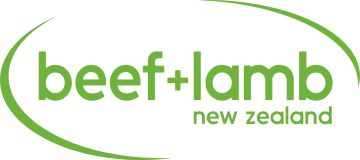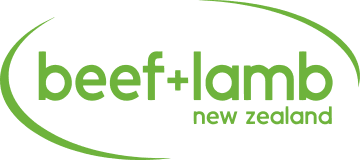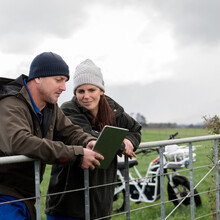Winter Feed Crops: Management Before Grazing
This fact sheet focuses on good management practices. Good wintering practices will ensure that animals are adequately and cost-effectively fed whilst impacts on their welfare and the environment are minimised. Achieving these goals does however require attention to some important planning considerations.
Top Tips for Crop Paddock Selection
Pasture renewal shouldn’t be top priority when selecting a winter crop paddock. Other factors to consider should include: reducing the risk of contaminant loss, maintaining animal welfare standards, and complying with regulations
Planning (September to December)
Winter planning is crucial for setting up for a successful winter. Consider all the below aspects in the planning stage.
PROVIDER
DairyNZ
Setting up (January to April)
Setting up your winter grazing paddocks early will reduce the loss and movement of sediment in winter.
PROVIDER
DairyNZ
Planning for winter: Best options for deer and their environment
Integrated pest management - Monitoring your brassica crops
Video - Monitor your brassicas crops to determine appropriate use of an integrated pest management system
PROVIDER
FAR - Foundation for Arable Research
Forage cropping management
A full winter forage crop growing and grazing guide intended to be filled in and added to a farm environmental management plan.
Break Fed Wintering
Winter grazing/ Forage crop grazing
Good environmental outcomes require good environmental practice. Farmers are already doing some great work in the environment space, but there is still much to be done. Managing winter grazing so it has minimal impact on waterways is an area that can be addressed with some forward planning and simple management tweaks.
Wintering feed systems for deer
A complete deer focused wintering page including planning, designing and operating a winter feeding system. This includes crop based wintering and feed pads
PROVIDER
DINZ
Fertiliser use on New Zealand Forage crops
A practical guide on forage crop soil fertility and fertiliser requirements
PROVIDER
Fertiliser Association of New Zealand





